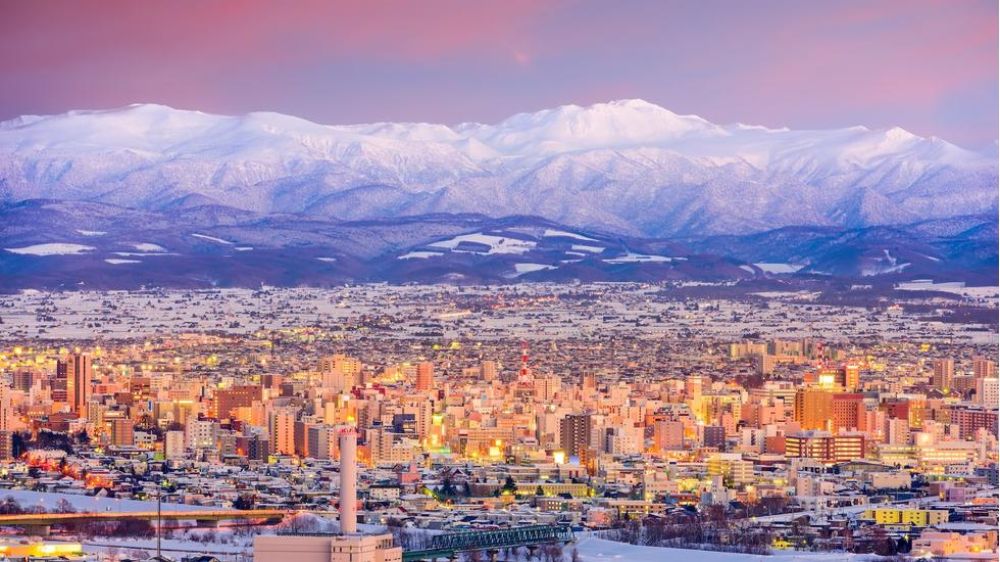

The city of Sapporo, located in the northern Japanese island of Hokkaido, is known for its breathtaking landscapes, distinct seasons, and the famous Sapporo Snow Festival. The history of tourism in Sapporo reflects Japan's broader trends, with the city evolving into a major destination for both domestic and international travelers over time.
The foundations of Sapporo as a tourist destination can be traced back to the late 19th century. Established as the administrative center of Hokkaido, the city's layout was modeled after Western cities, giving it a unique feel in Japan and immediately drawing interest from travelers. However, it wasn't until the development of railways in the early 20th century, including the Hokkaido Railway, that tourism began to grow significantly.
Sapporo's reputation as a winter sports haven took off when it hosted the 11th Winter Olympic Games in 1972. This global event put Sapporo on the map, and the infrastructure built for the Olympics, including ski resorts and ice arenas, immensely contributed to its status as a winter tourism hotspot. The Olympics brought Sapporo international fame and spurred subsequent investment in tourist facilities.
Another pivotal event in Sapporo's tourism history is the Sapporo Snow Festival, launched in the 1950s. It has grown from a local high school event with a few snow statues to a spectacular annual festival, attracting over two million visitors each year. The festival features enormous snow and ice sculptures that transform the city into a winter wonderland.
Modern Sapporo continues to develop and diversify its tourism offerings. Recent years have seen a rise in culinary tourism, with travelers flocking to the city to experience local specialties such as fresh seafood, ramen, and dairy products. Additionally, Sapporo's beer culture, particularly Sapporo Beer, one of Japan's oldest brands, garners significant interest.
In recent times, Sapporo has seen a surge in visitors from other Asian countries, facilitated by the increase in budget airline routes to New Chitose Airport. Furthermore, the city has invested in smart tourism initiatives, utilizing technology to enhance the visitor experience. The annual Christmas market, modeled after German Christmas markets, has also become a major draw.
The tourism industry in Sapporo, like many others around the world, was affected by global events such as the COVID-19 pandemic. However, with the easing of restrictions and the resumption of international travel, Sapporo is beginning to welcome back tourists, reinforcing its place as a must-visit destination in Japan.